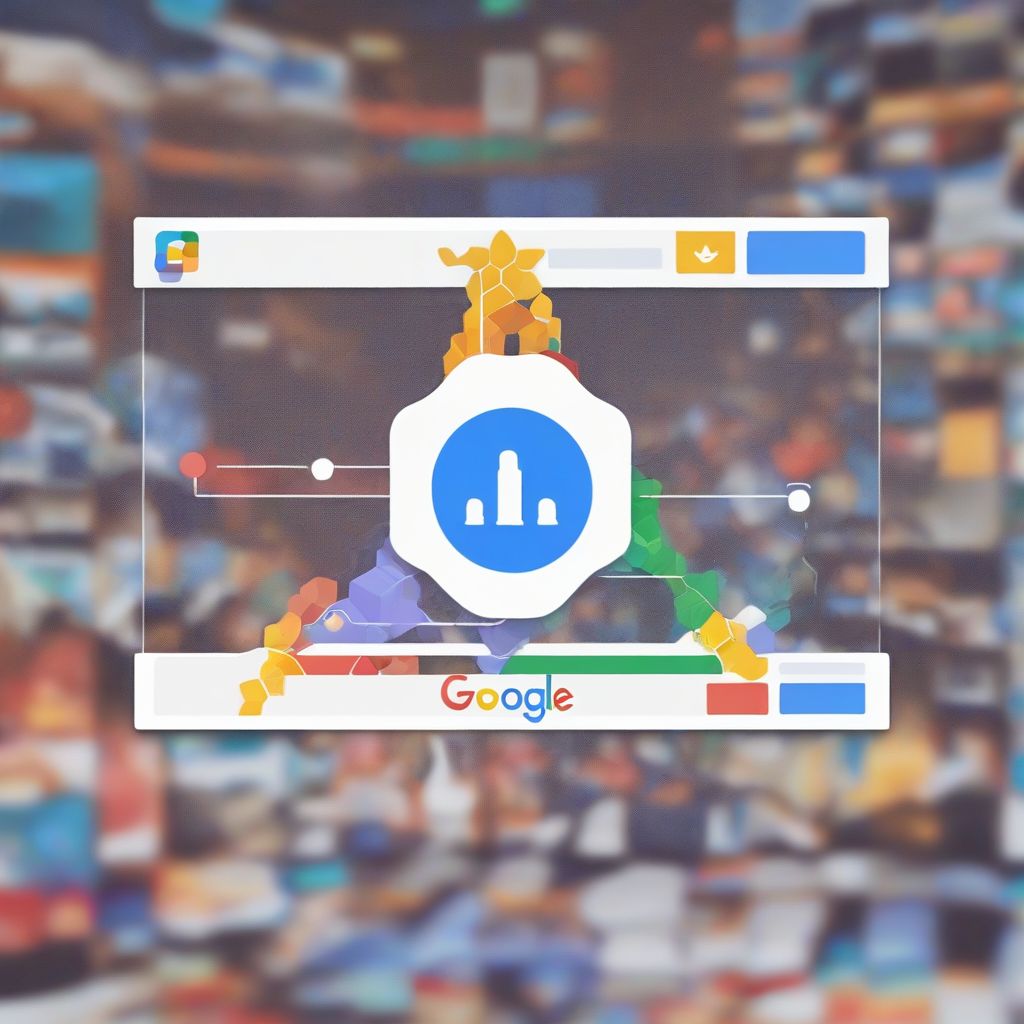Imagine having a single dashboard to manage an entire universe of cloud computing resources. That’s the power of the Google Cloud Platform Console. Whether you’re a seasoned developer or just starting your cloud journey, the GCP Console is your gateway to a world of possibilities. This comprehensive guide will delve into what the Google Cloud Console is, why it’s essential, and answer the most common questions users have.
Understanding the Google Cloud Platform Console
What is the Google Cloud Platform Console?
The Google Cloud Platform Console is a web-based interface that provides a centralized control panel for managing and interacting with Google Cloud Platform (GCP) services. Think of it as the command center for your cloud operations.
Why is the Google Cloud Platform Console Important?
The GCP Console simplifies cloud management, making it easier for businesses and individuals to harness the power of GCP. Here’s why it’s indispensable:
- Centralized Management: Manage all your GCP resources – from virtual machines to databases to AI and machine learning services – from a single location.
- User-Friendly Interface: The intuitive design makes navigating and interacting with GCP services straightforward, even for beginners.
- Streamlined Operations: The console provides tools and features that streamline common tasks, such as deploying applications, monitoring performance, and managing billing.
- Comprehensive Overview: Get a holistic view of your cloud environment, including resource utilization, performance metrics, and billing information.
cloud.mualaptophanoi.com/wp-content/uploads/2024/07/gcp-console-dashboard-66a9b9.jpg" alt="Google Cloud Platform Console Dashboard" width="1024" height="1024">Google Cloud Platform Console Dashboard
Common Questions About the Google Cloud Platform Console
Navigating the world of cloud computing can spark numerous questions. Let’s address some frequently asked questions about the GCP Console:
1. How Do I Access the Google Cloud Platform Console?
Accessing the console is simple. Just visit the Google Cloud Platform website and sign in with your Google account. If you don’t have an account, you can create one for free.
2. What Can I Do With the Google Cloud Platform Console?
The possibilities are vast. Here are some key actions you can perform:
- Create and Manage Virtual Machines: Spin up virtual machines in minutes, choose from various operating systems, and customize their configurations.
- Deploy and Manage Applications: Deploy web applications, APIs, and other software solutions with ease, leveraging GCP’s scalable infrastructure.
- Store and Manage Data: Choose from various database services, including SQL and NoSQL databases, to store and manage your data securely.
- Leverage AI and Machine Learning: Utilize pre-trained machine learning models or build and train your own using GCP’s AI Platform.
- Monitor and Analyze Data: Track the performance of your applications and services, gain insights from your data, and make informed decisions.
3. How Does the Google Cloud Platform Console Help with Security?
Security is paramount in the cloud. The GCP Console provides robust security features:
- Identity and Access Management (IAM): Control access to your resources, granting permissions to users and groups based on their roles.
- Data Encryption: Protect your data at rest and in transit using GCP’s encryption services, ensuring its confidentiality and integrity.
- Security Monitoring and Logging: Track security-related events, detect anomalies, and investigate potential threats using Cloud Logging and Cloud Monitoring.
Harnessing the Power: Why the GCP Console Matters
The Google Cloud Platform Console is not just a dashboard; it’s your control center for unlocking the full potential of the cloud. Its user-friendly interface, comprehensive features, and robust security measures empower businesses of all sizes to innovate, scale, and thrive in the digital age.

